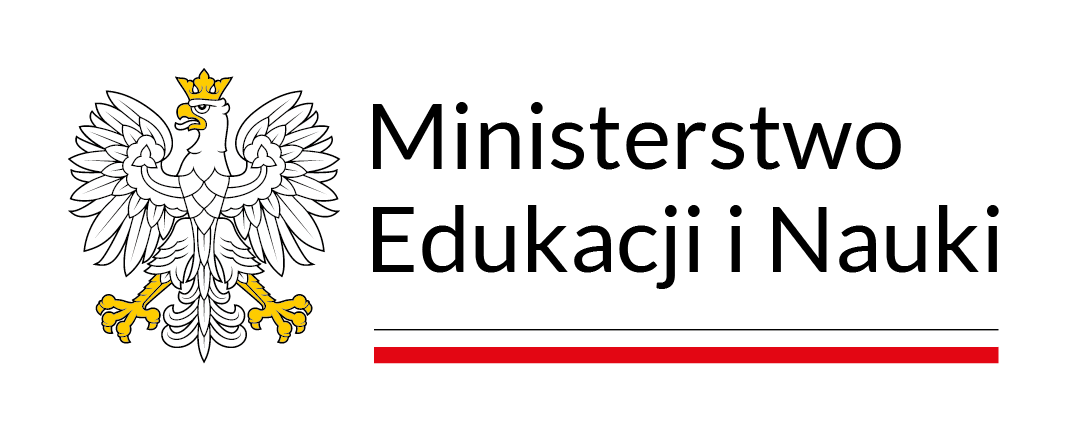Cztery noty o Witkacym
Abstrakt
Cztery uwagi do biografii Witkacego. 1. Czy Witkacy zamierzał wrócić do tropików? 9 kwietnia 1918 roku Maria Witkiewiczowa, matka Witkacego, wysłała pocztówkę do swojej przyjaciółki, siostry Leona Chwistka, z informacją, że Witkacy planuje powrót z Piotrogrodu do Polski lub podróż na Sumatrę. Choć zafascynowany tropikalną przyrodą i naturą, po podróży z Malinowskim w 1914 roku, która wpłynęła na jego malarstwo i inną twórczość, w lipcu 1918 roku Witkacy wrócił do Polski i opisał swoje cejlońskie doświadczenia w reportażu Podróż do Tropików. 2. Zagadka Prologu do Pentemychosa i Jej Niedoszłego Wychowanka. W archiwum Jadwigi Witkiewiczowej zachowała się jedna kartka z niemieckojęzycznym wierszem będącym fragmentem prologu zaginionej sztuki Pentemychos i Jej niedoszły wychowanek, która powstała na początku 1920. Zachowany fragment pochodzi prawdopodobnie z tłumaczenia, które Witkacy zamówił u przyjaciela w 1922, po spotkaniu w Zakopanem z panią Eckert, która obiecała polecić jego sztuki producentowi teatralnemu w Hamburgu. 3. Witkacy „dzieckiem podszyty”, czyli jak samemu ulepszyć kalejdoskop. Witkacy od dziecka był zapalonym kolekcjonerem. Zbierał laski i różne osobliwości, które umieszczał w swoich "albumach osobliwości". Dla kalejdoskopu, swojej ulubionej zabawki, napisał szczegółową zabawną instrukcję. 4. Grotowski i Witkacy. Jako student krakowskiej szkoły teatralnej Jerzy Grotowski planował wystawienie Szewców na Wawelu w 1958/59 roku. Ponieważ plan nie został zaakceptowany, Grotowski rzucił szkołę i wyjechał do Opola, gdzie został kierownikiem artystycznym Teatru 13 Rzędów. Zapytany o to, czyj portret powiesiłby w swoim dyrektorskim gabinecie, Grotowski wymienił Witkacego wraz z trzema innymi „męczennikami” teatru: Artaudem, Meyerholdem i Stanisławskim.
Słowa kluczowe:
Witkacy, biografia, Jerzy GrotowskiBibliografia
Degler, Janusz. „Przyczynki do dziejów scenicznych Witkacego”. Pamiętnik Teatralny34, z. 1/4 (1985): 231–244.
Google Scholar
Degler, Janusz. Witkacego portret wielokrotny: Szkice i materiały do biografii (1939–1939). Warszawa: Państwowy Instytut Wydawniczy, 2009.
Google Scholar
Degler, Janusz. Witkacy w teatrze międzywojennym. Warszawa: Wydawnictwa Artystyczne i Filmowe, 1973.
Google Scholar
Dubiński, Krzysztof. Wojna Witkacego, czyli Kumboł w galifetach. Warszawa: Wydawnictwo Iskry, 2015.
Google Scholar
Estreicher, Karol. Leon Chwistek: Biografia artysty (1884–1944). Kraków: Państwowe Wydawnictwo Naukowe, 1971.
Google Scholar
Gerould, Daniel. „Conrad, Witkacy a szaleństwo tropikalne”. Tłumaczenie Stanisława Kumor. Przegląd Humanistyczny 21, nr 10 (1977): 47–61.
Google Scholar
Gerould, Daniel. „Podróż Witkacego do tropików: Itinerarium cejlońskie”. W: Witkacy – Życie i twórczość: Materiały sesji poświęconej Stanisławowi Ignacemu Witkiewiczowi z okazji 55. rocznicy śmierci (Muzeum Pomorza Środkowego, Słupsk 15–18 września 1994), redakcja Janusz Degler. Wrocław: Wiedza o kulturze, 1996.
Google Scholar
Kott, Jan. „Dwie Strony: Dagny, Lulu i Witkiewicz”. Dialog, nr 6 (1989): 166-169.
Google Scholar
Kott, Jan. Kamienny Potok: Eseje o teatrze i pamięci. Kraków: Wydawnictwo Literackie, 1991.
Google Scholar
Kott, Jan. „Sześć not o Witkacym”. Pamiętnik Teatralny 34, z. 1/4 (1985): 141–147.
Google Scholar
Malinowski, Bronisław. Dziennik w ścisłym znaczeniu tego wyrazu. Redakcja Grażyna Kubica. Kraków: Wydawnictwo literackie, 2002.
Google Scholar
Micińska, Anna. „Witkacy w Rosji (1914–1928)”. W: Istnienie Poszczególne: Stanisław Ignacy Witkiewicz. Wrocław: Wydawnictwo Dolnosląskie, 2003.
Google Scholar
Okołowicz, Stefan. Anioł i syn: 30 lat dialogu Stanisława i Stanisława Ignacego Witkiewiczów. Warszawa: Boss & Okołowicz, 2015.
Google Scholar
Okołowicz, Stefan. „Stanisława Ignacego Witkiewicza „portret wielokrotny”, „fotografia wielokrotna” czy „fotografia pięciokrotna”?”. Rocznik Historii Sztuki 31 (2006): 173–186.
Google Scholar
Perruchot, Henri. Gauguin. Tłumaczenie Hanna Olędzka. Warszawa: Państwowy Instytut Wydawniczy, 1963.
Google Scholar
Skwara, Marta. Wśród Witkacoidów: W świecie tekstów, w świecie mitów. Wrocław: Wydawnictwo Uniwersytetu Wrocławskiego, 2012.
Google Scholar
Sztaba, Wojciech. Gra ze sztuką: O twórczości Stanisława Ignacego Witkiewicza. Kraków: Wydawnictwo Literackie, 1982.
Google Scholar
Wójtowicz, Agnieszka. „«Barba Eugenio tą razą w rozmowie był bardziej powściągliwy»: Eugenio Barba w raportach Służby Bezpieczeństwa (appendix do historii Teatru 13 Rzędów w Opolu)”. Pamiętnik Teatralny 58, z. 1/2 (2009): 276–292.
Google Scholar
Wyka, Kazimierz. „Trzy legendy tzw. Witkacego”. Twórczość, nr 2 (1957): 122–135.
Google Scholar
Statystyki
Abstract views: 260PDF downloads: 91
Licencja
Prawa autorskie (c) 2024 Janusz Degler

Utwór dostępny jest na licencji Creative Commons Uznanie autorstwa 4.0 Międzynarodowe.
Autor/ka udziela niewyłącznej i nieodpłatnej licencji (CC BY 4.0) na wykorzystanie tekstu w "Pamiętniku Teatralnym", zachowuje nieograniczone prawa autorskie, ale zobowiązuje się do podawania miejsca pierwodruku przy ponownym wykorzystaniu artykułu (umowa licencyjna do pobrania). Zgłaszając artykuł do publikacji, autor/ka wyraża zgodę na jego udostępnianie na licencji CC BY 4.0.
Od zeszytu 1/2018 do zeszytu 3/2022 artykuły publikowane były na licencji CC BY-NC-ND 4.0. W tym okresie autorzy/ki udzielali niewyłącznej i nieodpłatnej licencji (CC BY-ND 4.0) na wykorzystanie tekstu w "Pamiętniku Teatralnym", zachowywali nieograniczone prawa autorskie, ale zobowiązywali się do podawania miejsca pierwodruku przy ponownym wykorzystaniu artykułu.
Inne teksty tego samego autora
- Janusz Degler, Wojciech Sztaba, Listy Ludwika Solskiego do córki, Anny Sosnowskiej: 1945–1954 , Pamiętnik Teatralny: Tom 68 Nr 2 (2019)
- Janusz Degler, Przyjaciel: Jerzy Timoszewicz (1933–2015) , Pamiętnik Teatralny: Tom 66 Nr 1/2 (2017)
- Janusz Degler, Witkacy – nasz współczesny , Pamiętnik Teatralny: Tom 65 Nr 4 (2016)









